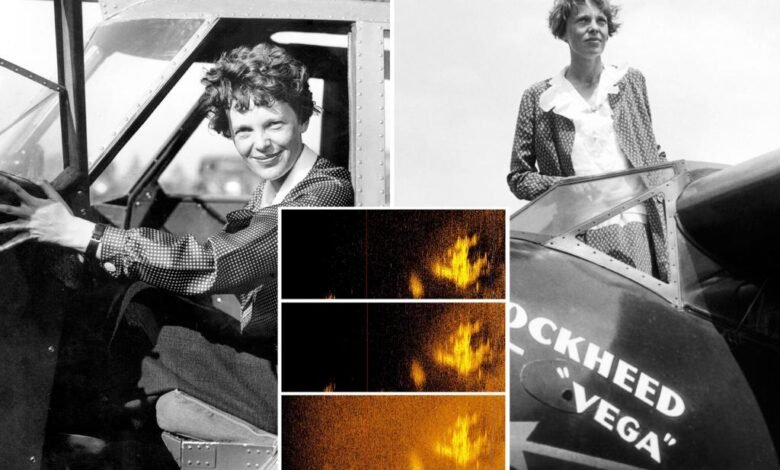Sonar image thought to be Amelia Earhart’s long-lost plane was just a rock


The South Carolina-based deep-sea explorer who stumbled upon what he believed to be Amelia Earhart’s long-lost plane in the Pacific Ocean has now confirmed his once-promising discovery was just a rock.
Tony Romeo and his Deep Sea Vision team – which captured a sonar image of an aircraft-shaped object in the Pacific Ocean during a three-month expedition to find Earhart’s Lockheed 10-E Electra – confirmed Friday that new solar images revealed the potential breakthrough was simply an aircraft-shaped rock formation.
“While this outcome isn’t what we hoped for, we are continuing our search for another 30 days to cover over 1,500 square nautical miles,” Romeo, a pilot and former US Air Force intelligence officer who sold all his commercial properties to pay for his search, said in a statement.
“The global response to our initial discovery has been truly inspiring, a testament to Amelia and the pull of her incredible story.”
The pioneering female aviator, a household name at the time, disappeared with her flight navigator, Fred Noonan, on what was to be a record-setting trip around the world in 1937.
The pair set off from Lae, Papua New Guinea, with plans to refuel on Howland Island before continuing their journey to Honolulu and their final destination of Oakland, Calif, but faced a strong headwind in Lae when Earhart’s radio transmissions eventually went silent.
The US Navy and Coast Guard conducted a 16-day search for the missing duo without success, and Earhart was officially declared dead on Jan. 5, 1939.
Despite many attempts and millions of dollars spent over nine decades, neither Earhart’s remains nor the wreckage of her plane have ever been located.
Romeo was convinced that he, along with his two brothers, both pilots, would solve the baffling 87-year-old mystery that past adventurers couldn’t, selling his Charleston-area real estate company’s assets to launch his $11 million expedition in the Pacific Ocean.
The 16-person journey mounted in September 2023 from Tarawa, Kirbati, a port near Howland Island, and the team’s unmanned submersible scanned 5,200 square miles of ocean floor.
After about a month, it captured a blurry image of an airplane-like object more than 16,000 feet beneath the surface within 100 miles off Howland Island, generating international frenzy despite skeptic sonar experts suggesting the images were too hazy to verify it was Earhart’s plane.
Romeo’s latest findings came after his crew set off on a second expedition to capture high-resolution sonar images of the plane-shaped object, he said in his statement.
But it was just a bunch of rocks, not Earhart’s plane.
Romeo said that despite the disappointing findings, his company remains committed to its search for Earhart’s wreckage, the statement said.
Additional reporting by Katherine Donlevy
Source link




